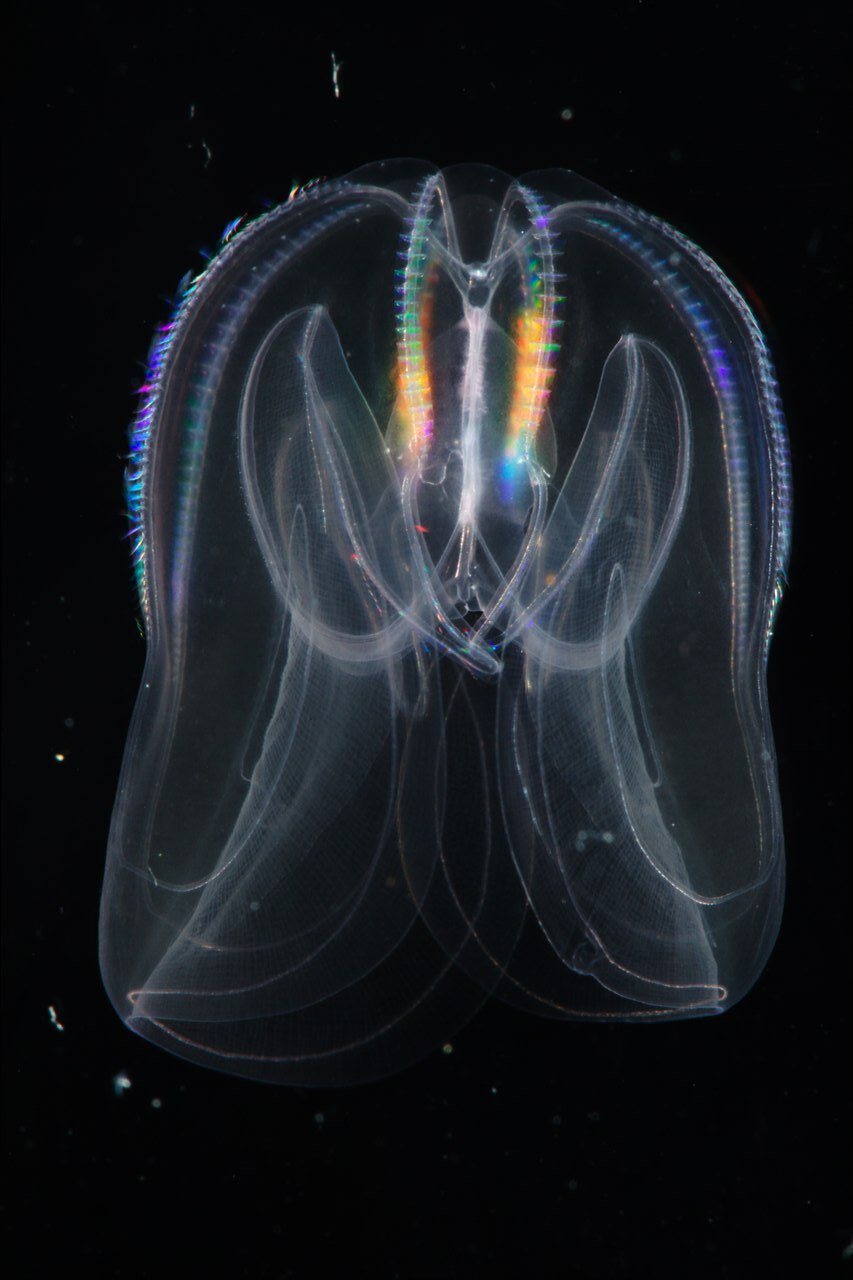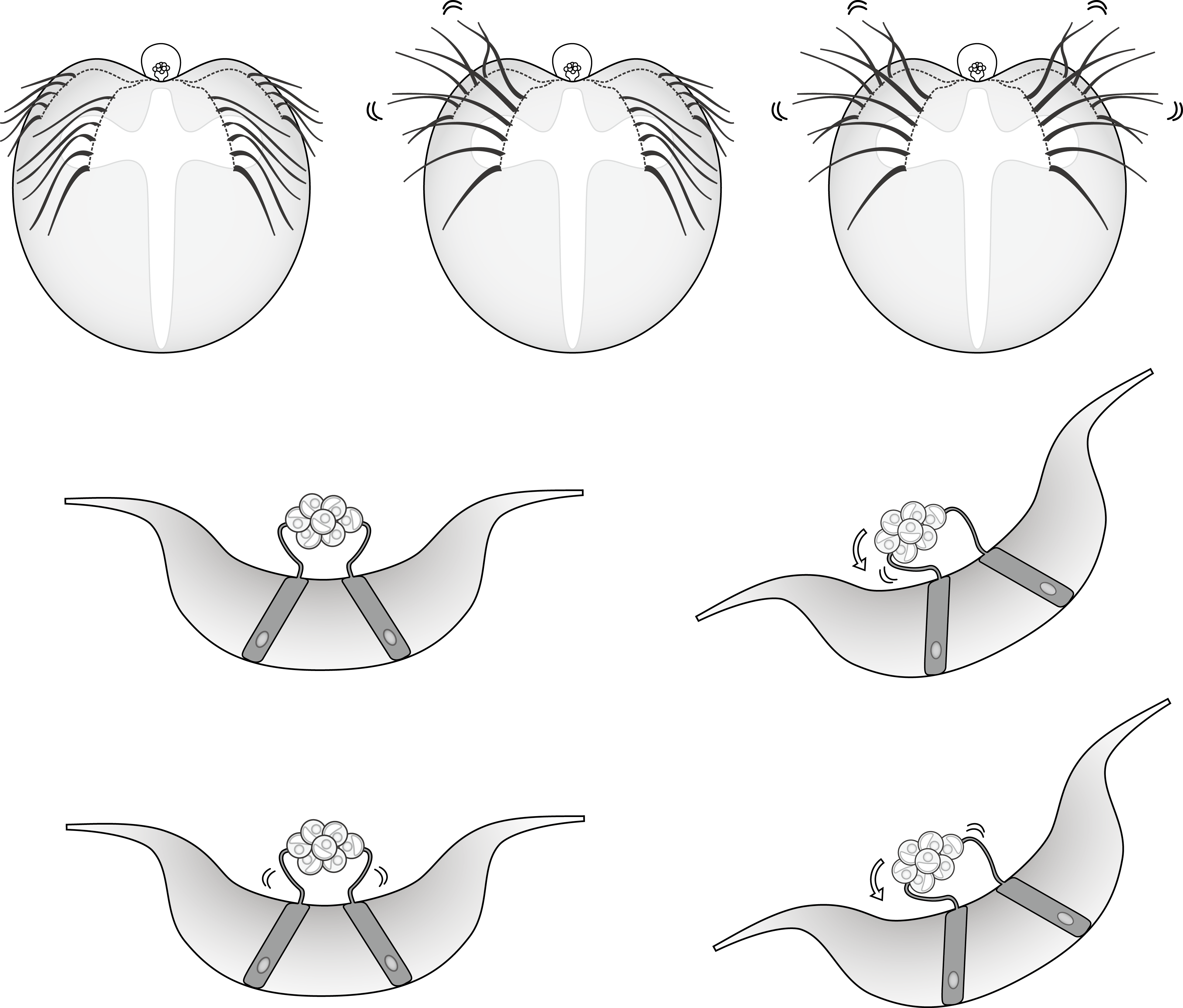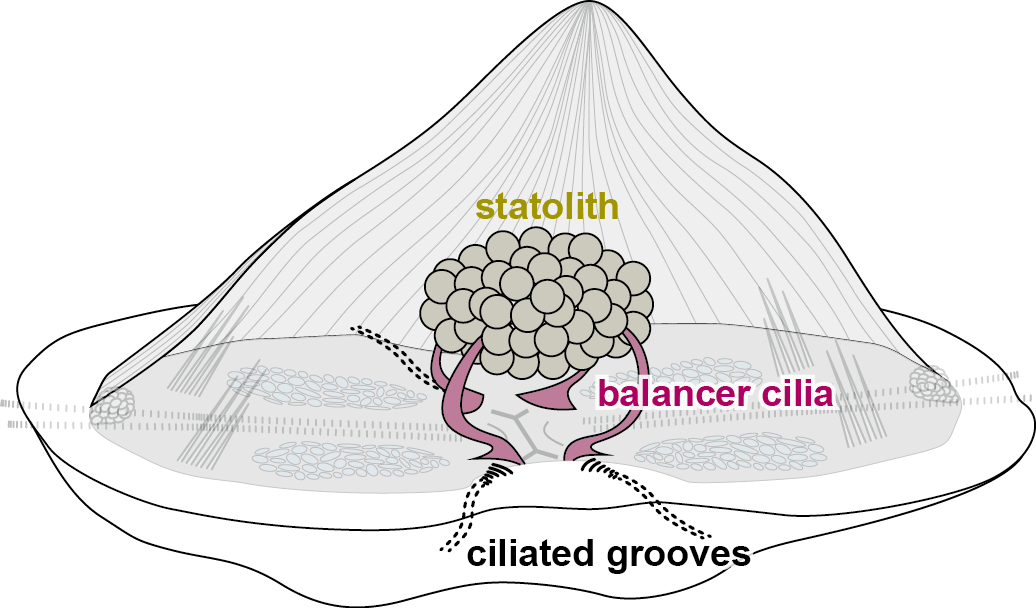Multiciliated sensory cells in pressure and gravity sensation
The Biophysics of Motile Cilia – from Structure to Function
830. WE-Heraeus-Seminar, Bad Honnef
March 30 - April 2, 2025
Gáspár Jékely
Centre for Organismal Studies, Heidelberg University
@jekely@biologists.social
Ciliated zooplankton larvae
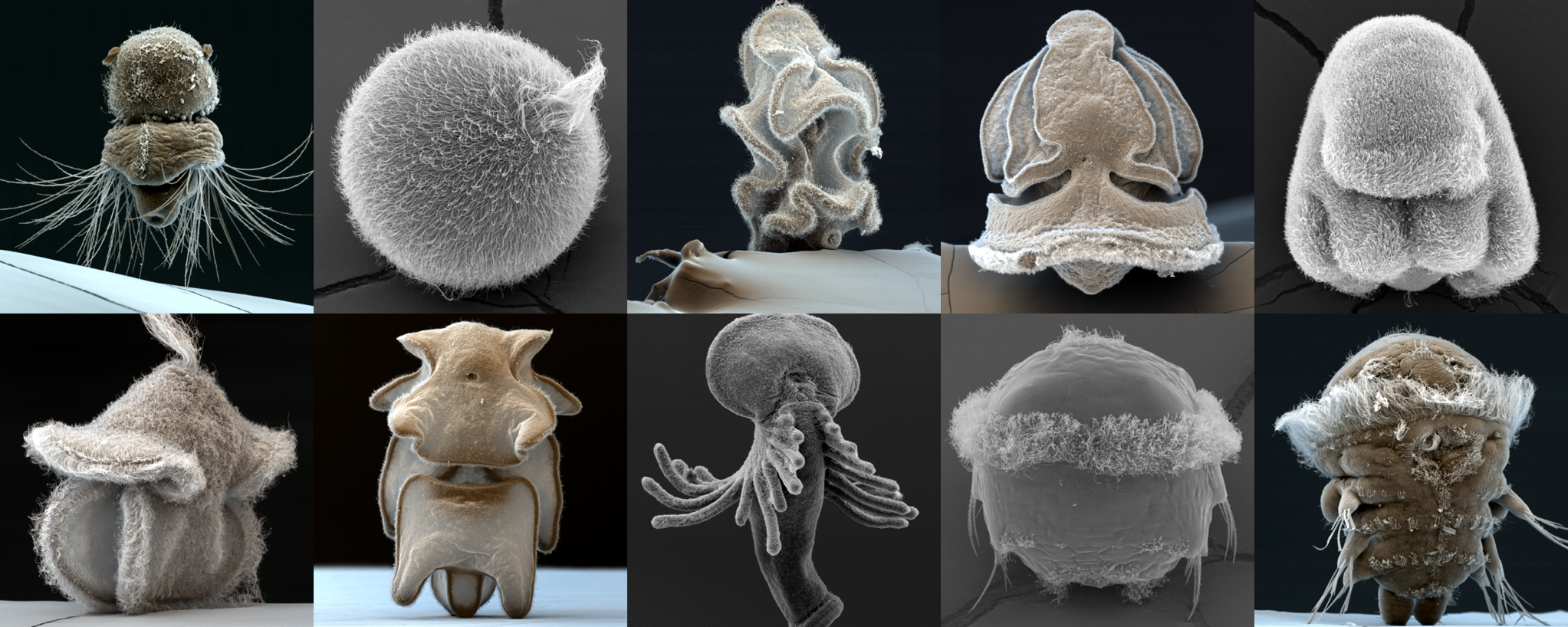
Platynereis dumerilii
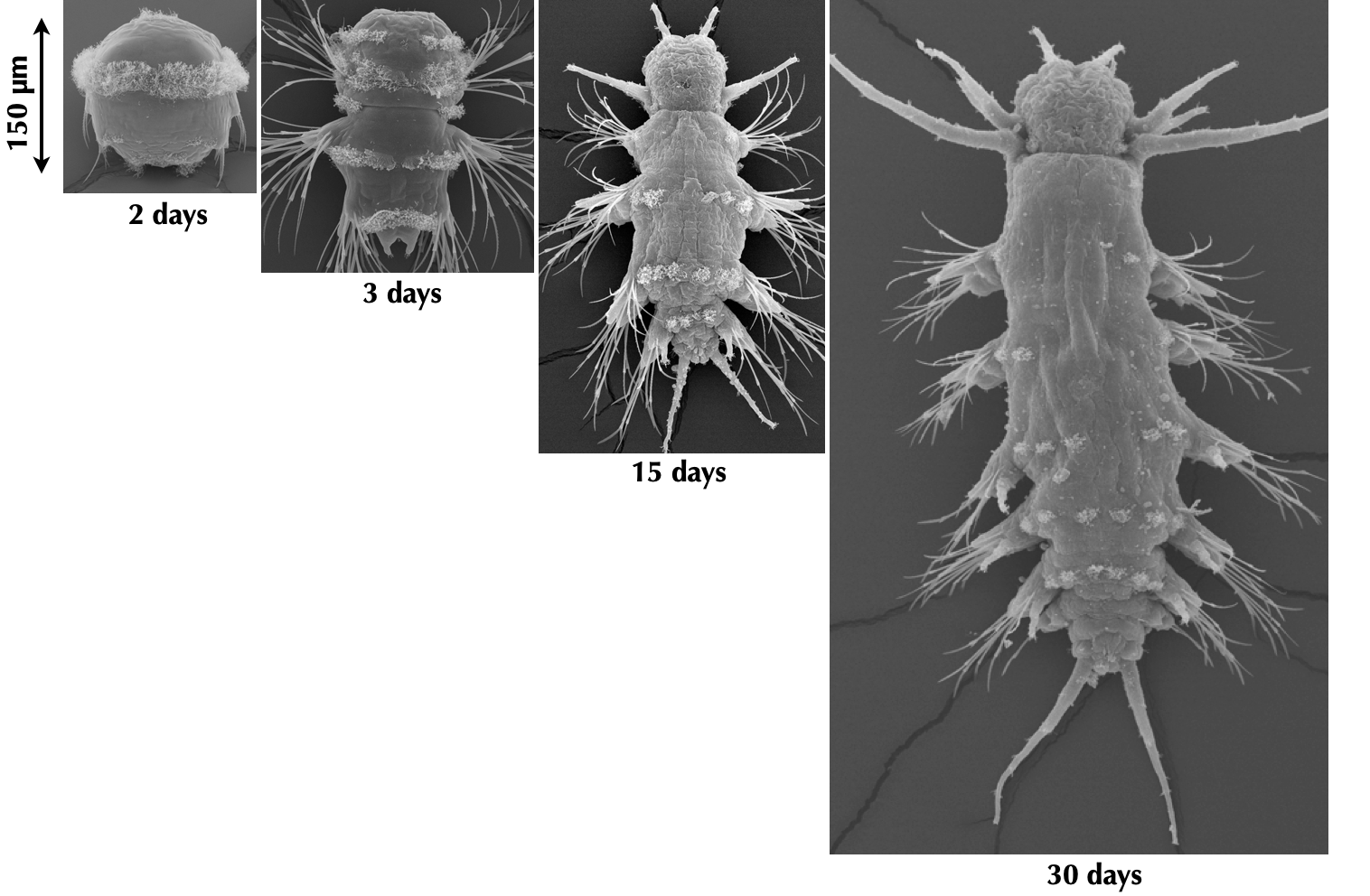
- breeding culture
- genome sequence
- microinjection, transgenesis
- neuron-specific promoters
- knock-out lines
- neuronal connectome
- neuronal activity imaging
Platynereis adults are beautiful
Platynereis dumerilii
Larval behaviours
phototaxis
- UV avoidance
- thermosensing
- settlement
startle response
- ciliary coordination
- chemosensing
crawling
- flow sensing
- pressure response
Multiciliated cells form ciliary bands

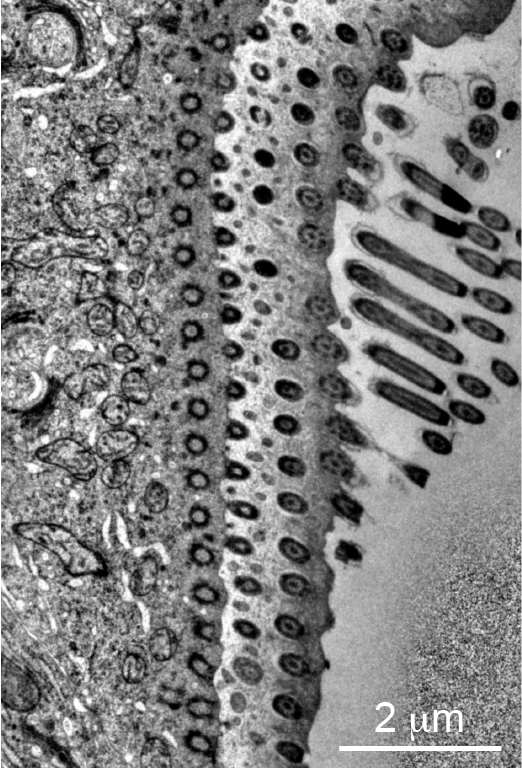
- basal-body spacing: 0.35-0.55 μm
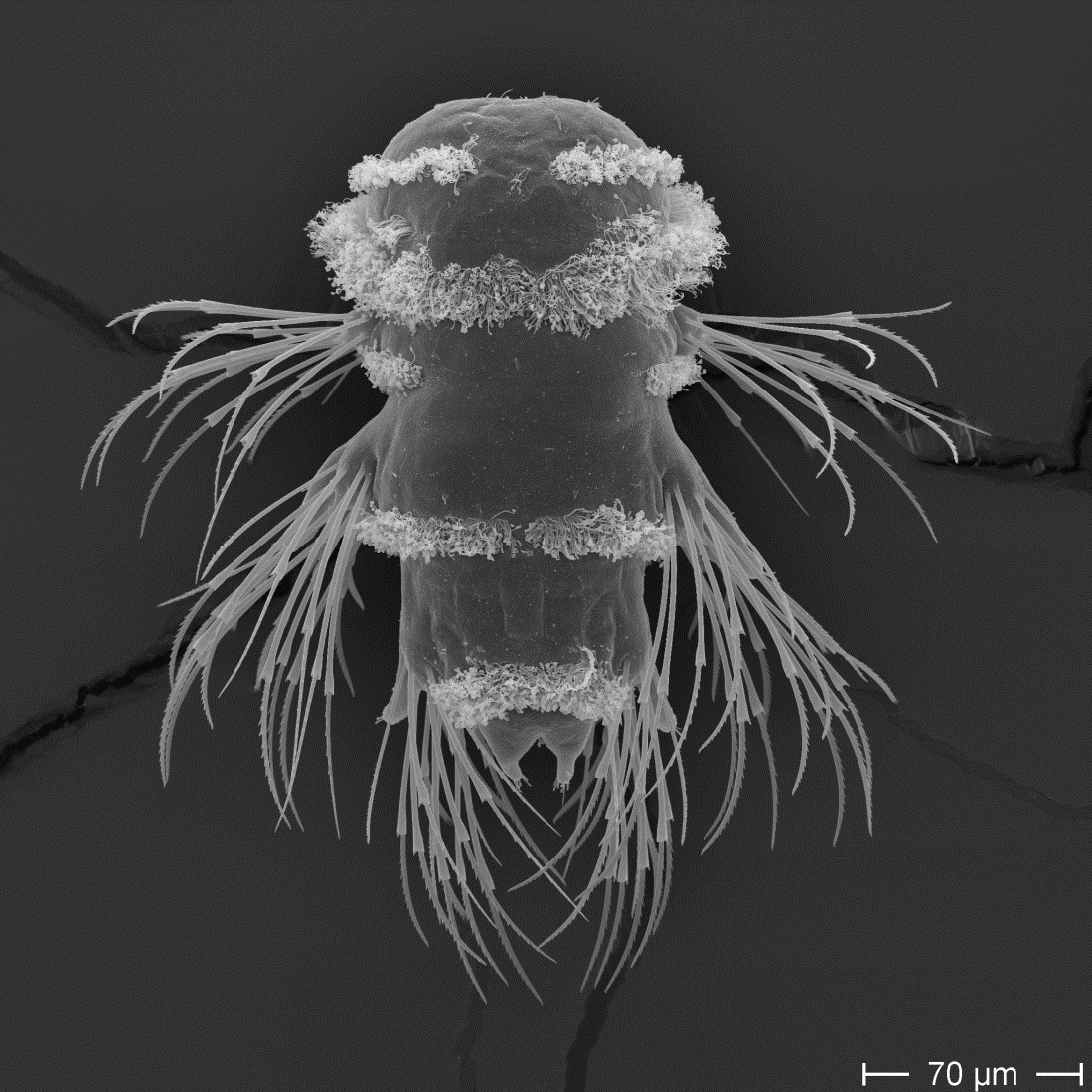
Metachronal waves

- metachronal waves
- large-scale coordination of cilia
- steric interactions dominate
Precise orientation of multiciliary arrays
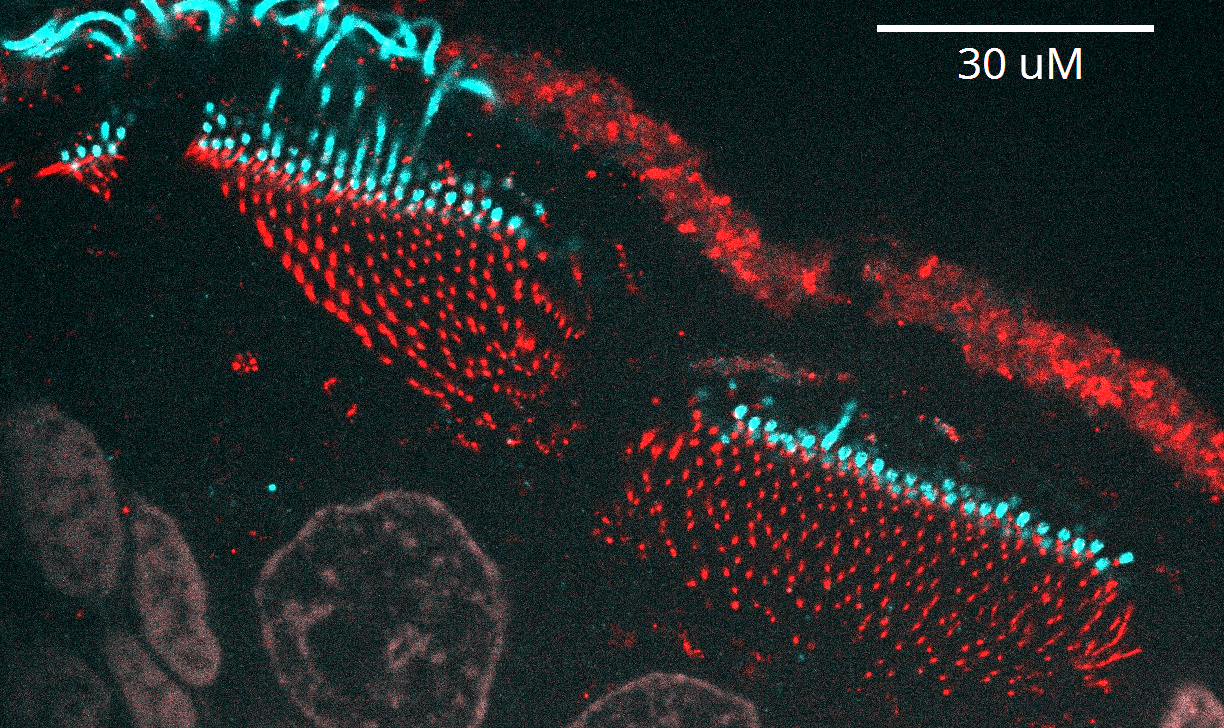
expansion microscopy
Precise orientation of multiciliary arrays
expansion microscopy
Whole-body vEM reconstruction
Whole-body annotation of all ciliary basal bodies

Whole-body annotation of all ciliary basal bodies
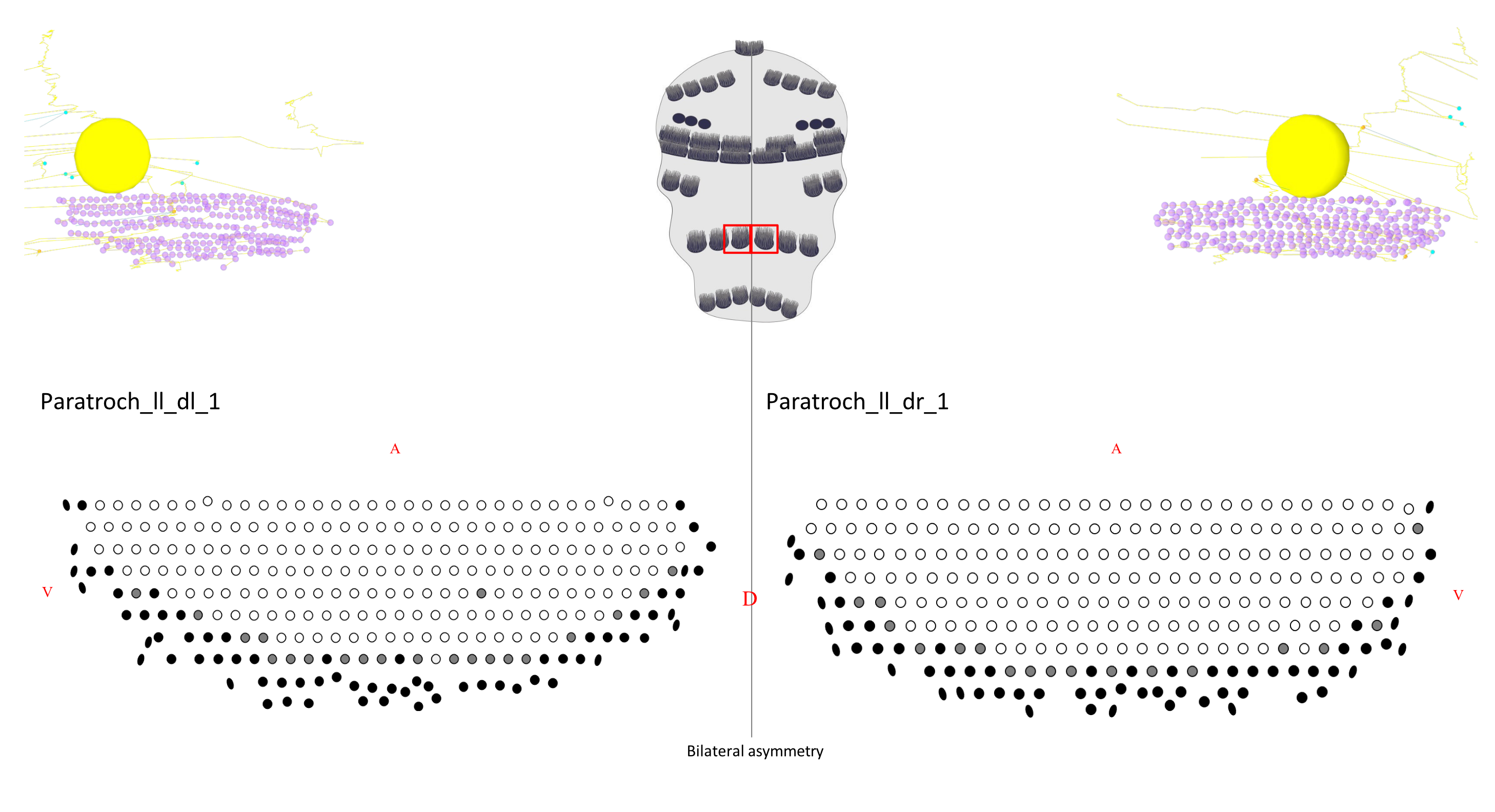
- ~10,000 motile cilia
- high degree of left-right symmetry
- 3D additive manufacturing from anterior to posterior of the cell
Whole-body annotation of all ciliary basal bodies
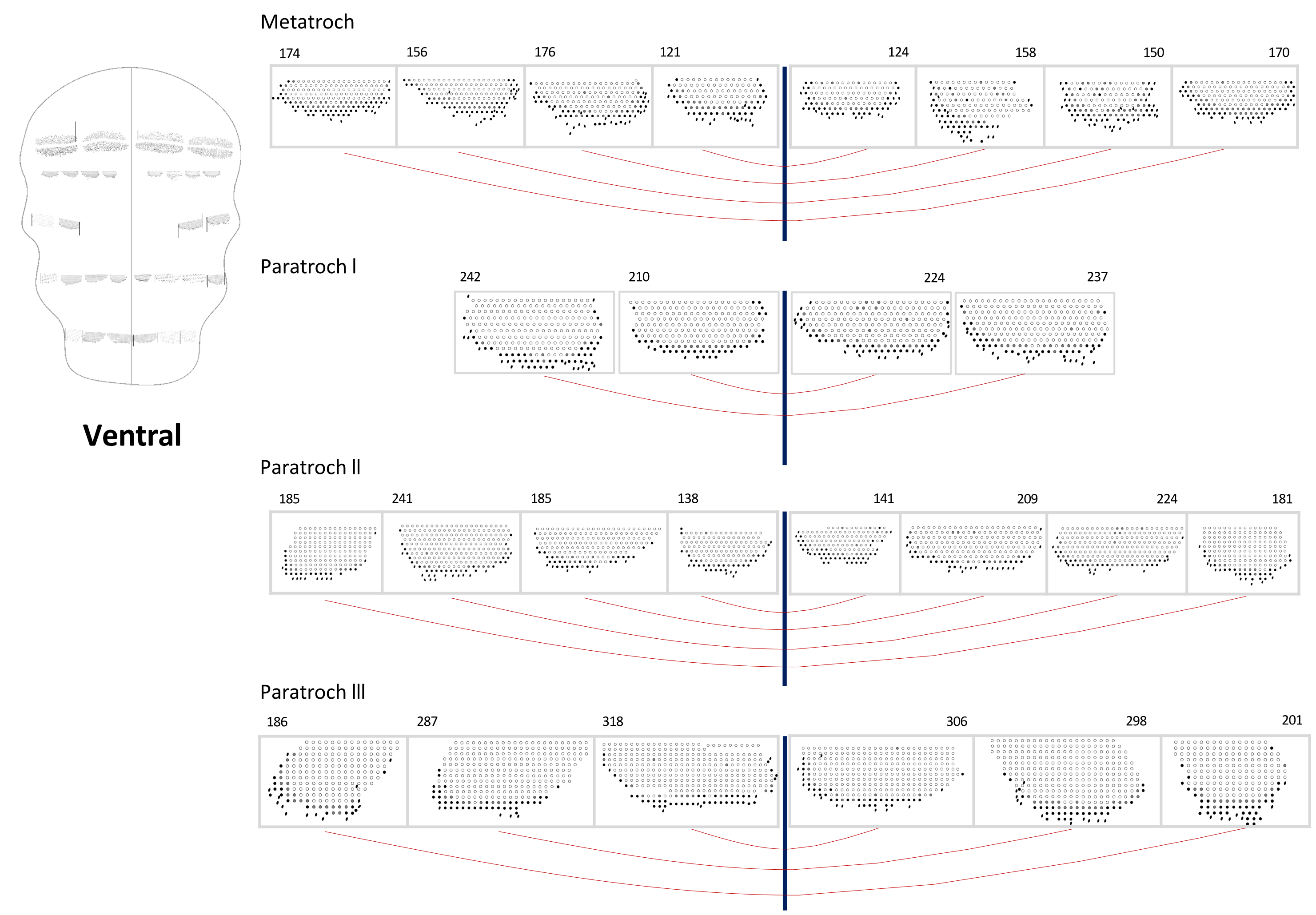
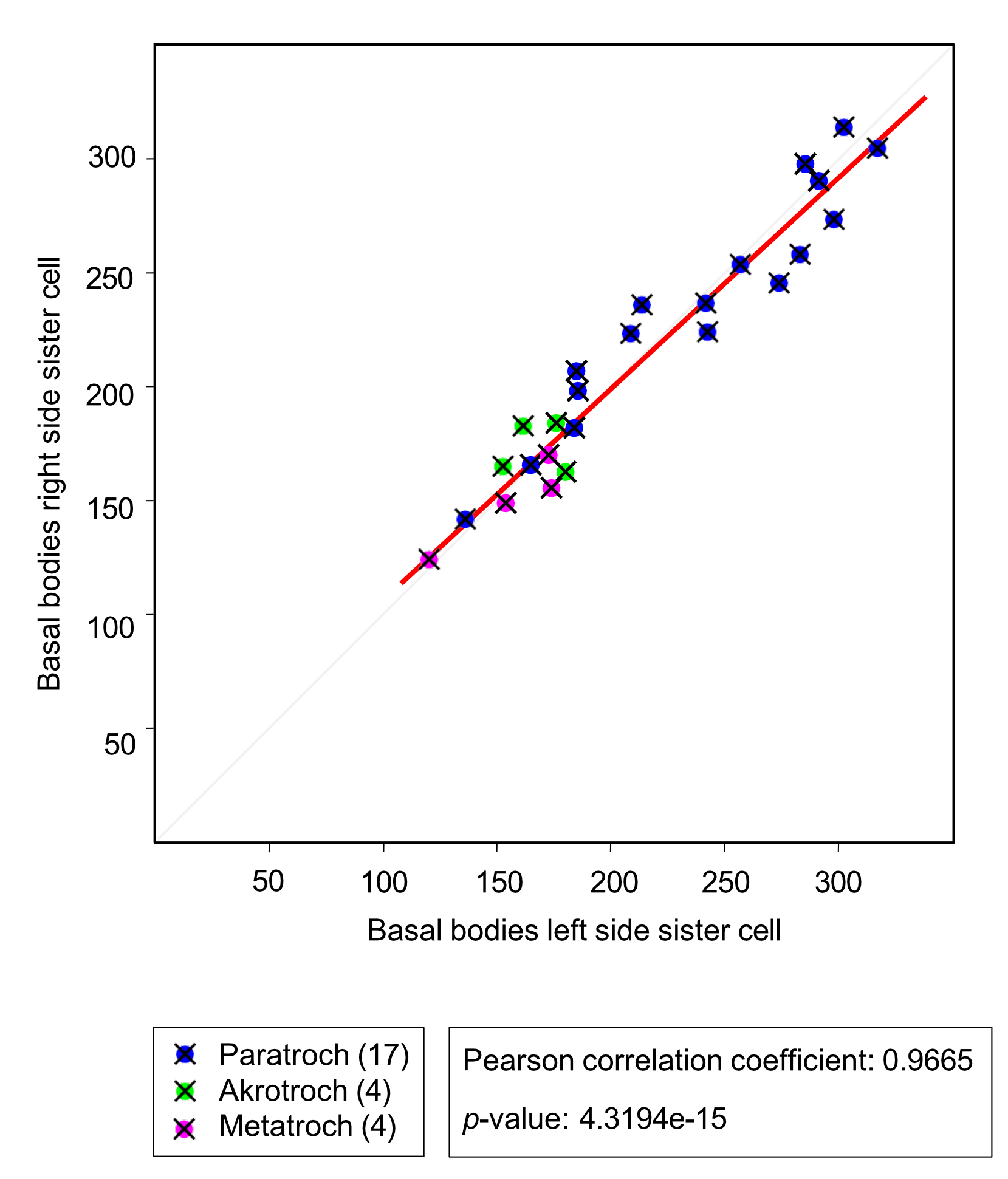
Synaptic connectome

Nervous control of multiciliated cells
Phototaxis

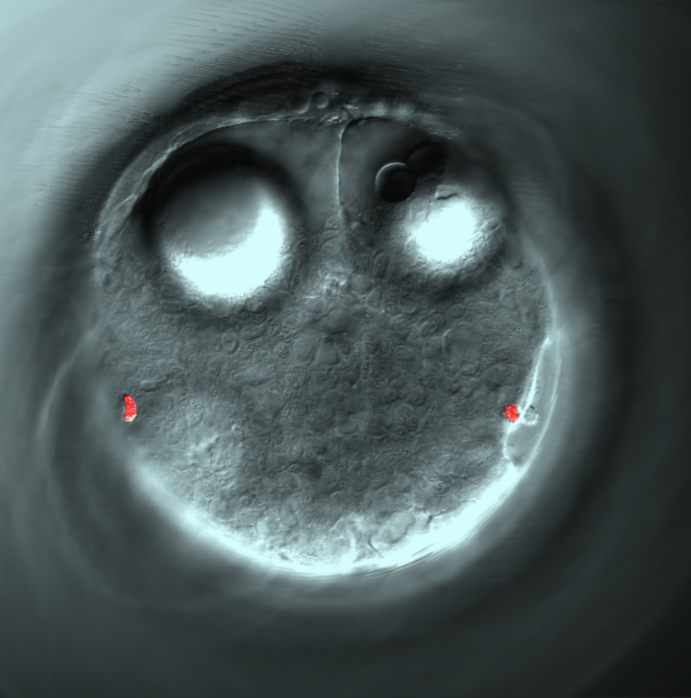

Helical swimming, sensing and turning are tightly linked

Whole-body coordination of cilia

Whole-body coordination of cilia

Whole-body coordination during startle
Serotonergic ciliomotor neurons increase beat frequency
Ser-h1 neurons, EM reconstruction
Pressure response in Platynereis larvae

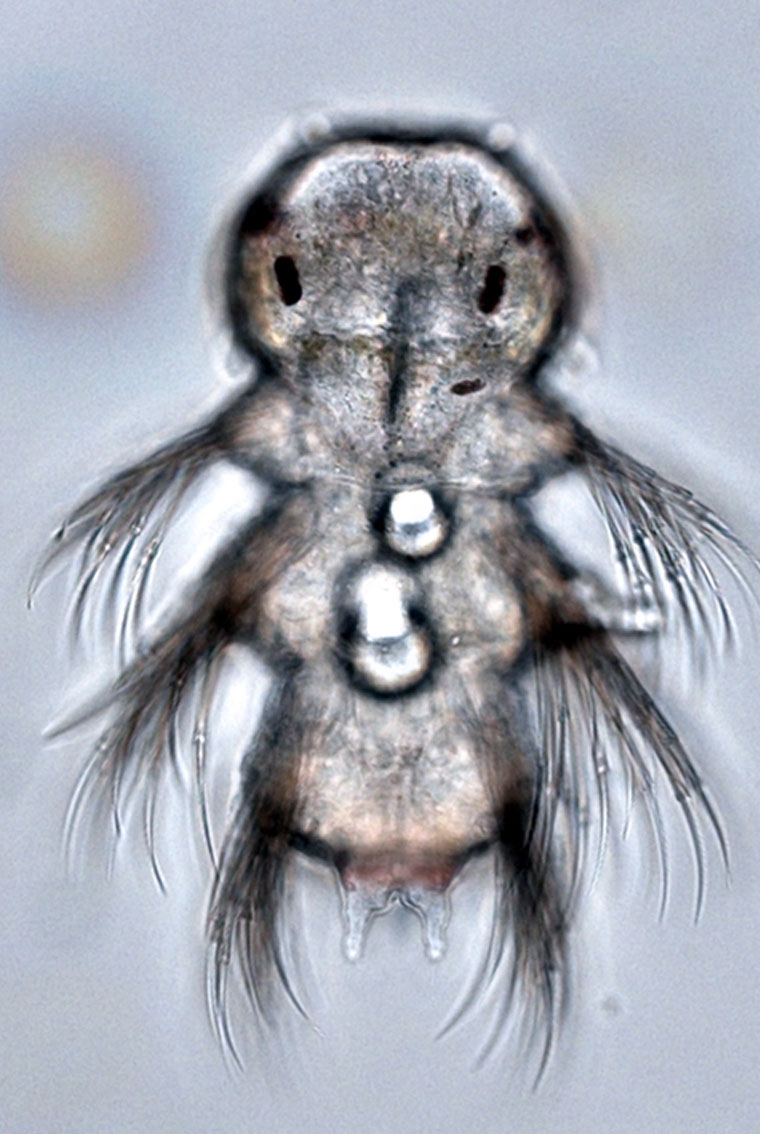

Precise control of pressure in the pressure chamber


Pressure response is graded
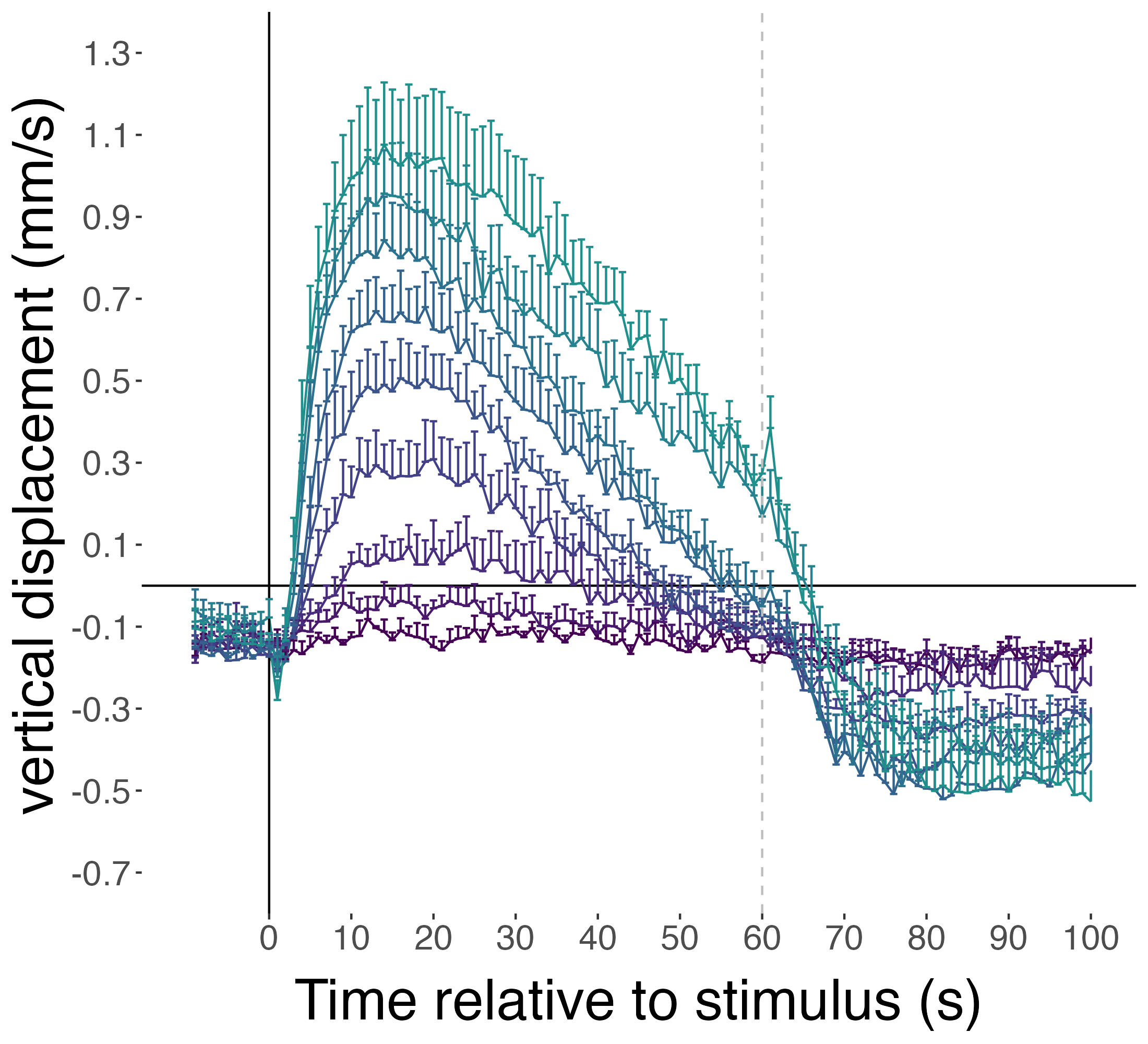
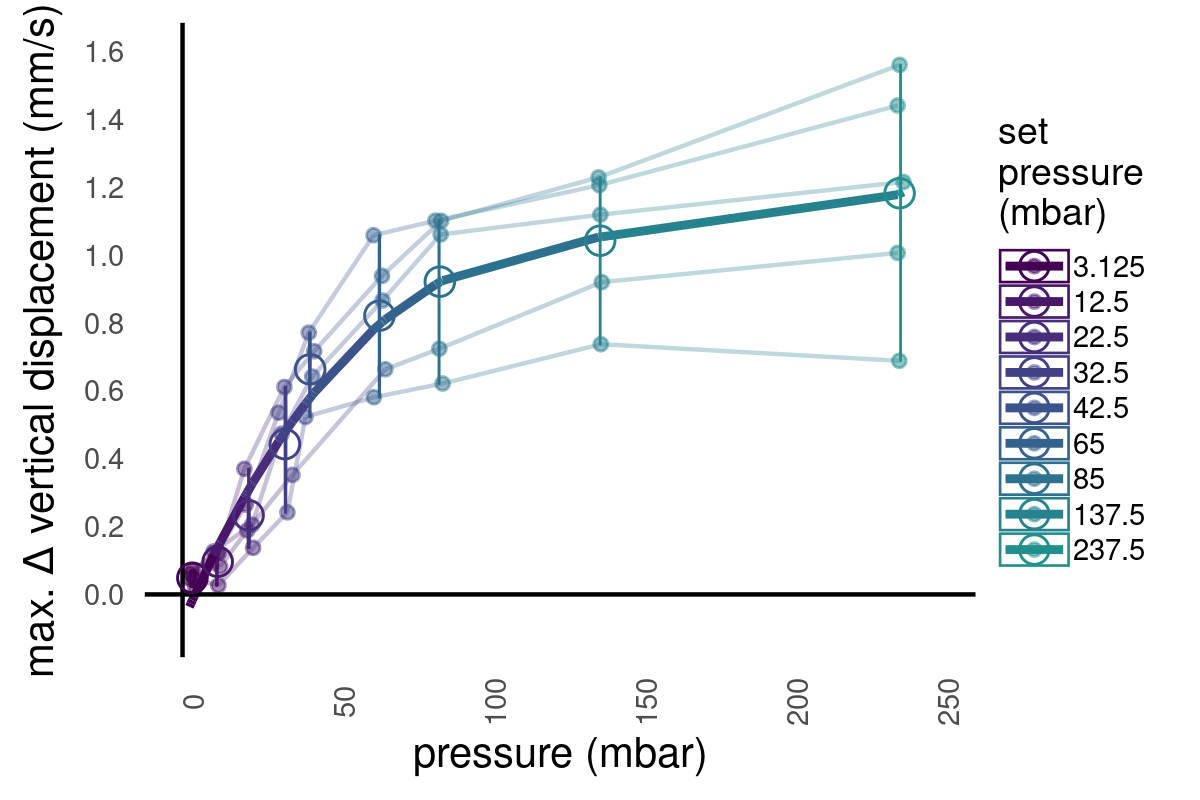

Swimming speed increases, trajectories straighten
 ctr
ctr
 pressure
pressure


Ciliary beating increases under pressure
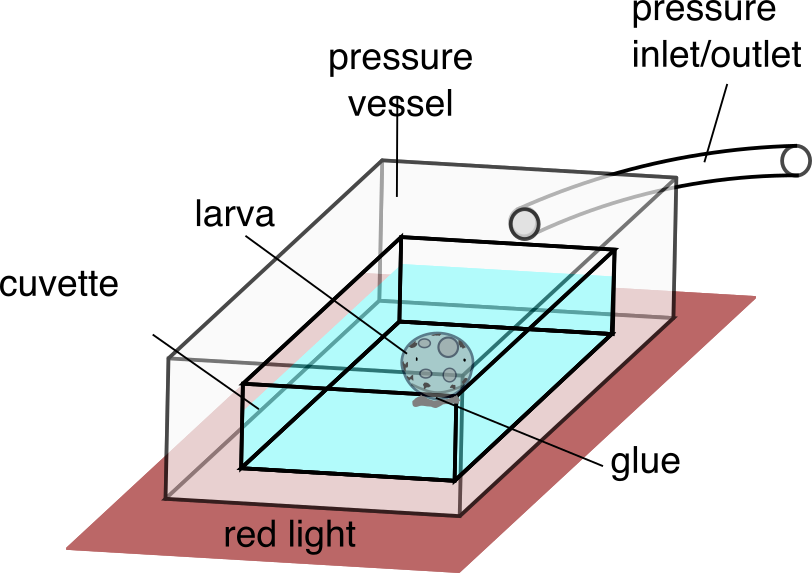


Which cells respond to pressure?
Microscopy pressure chamber 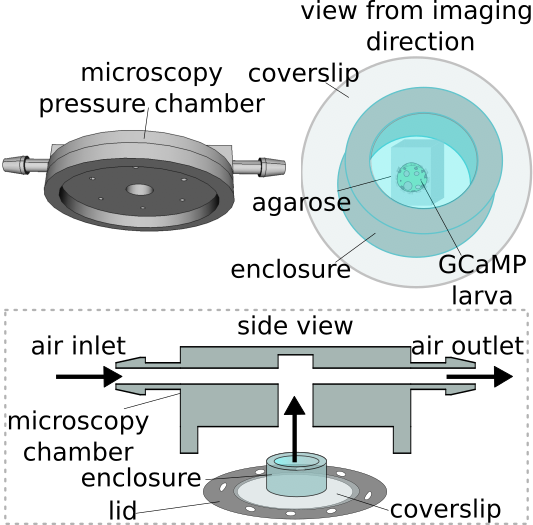
Calcium imaging 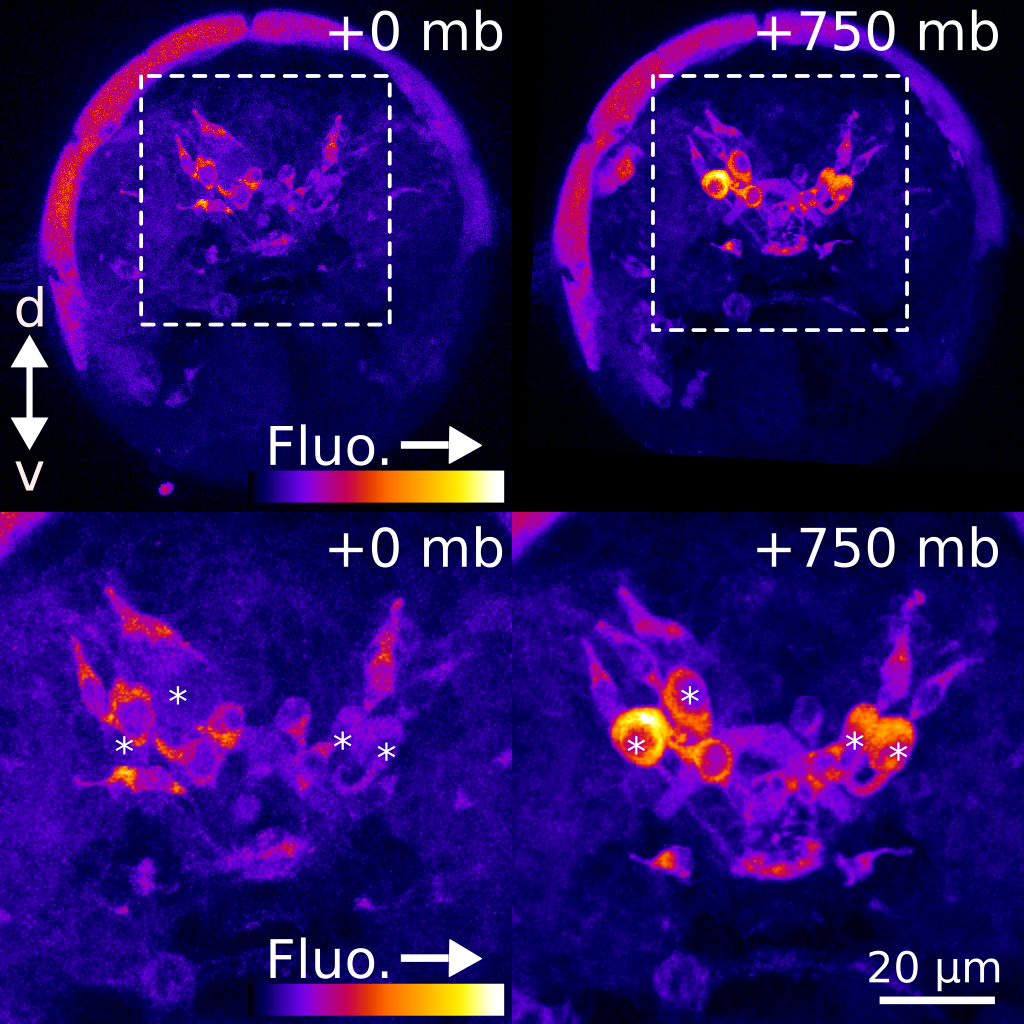
Pressure is sensed by photoreceptors with ramified cilia

Photoreceptor responses to pressure are graded
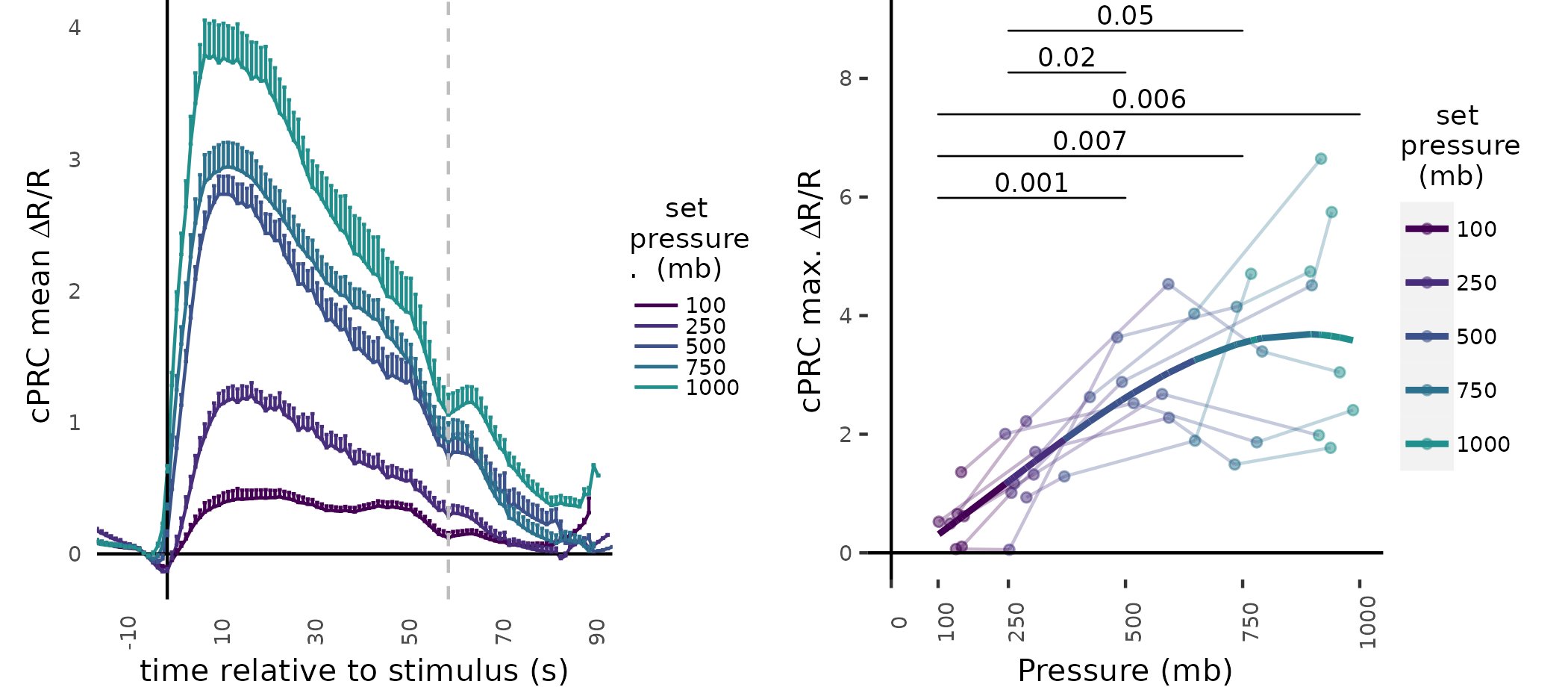
Defects of pressure response in c-opsin1 mutants
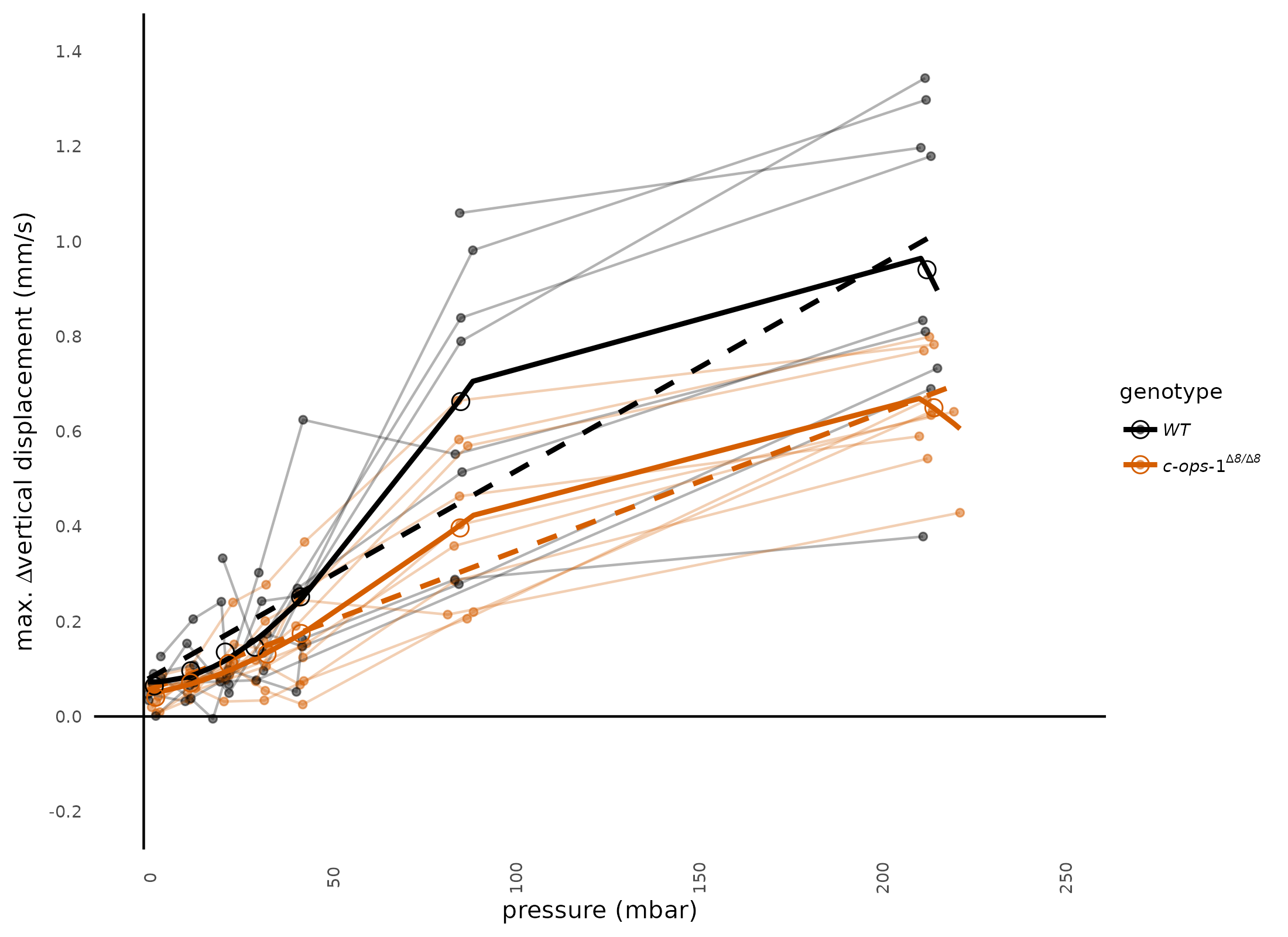
Reduced ciliary compartment in c-opsin1 mutants
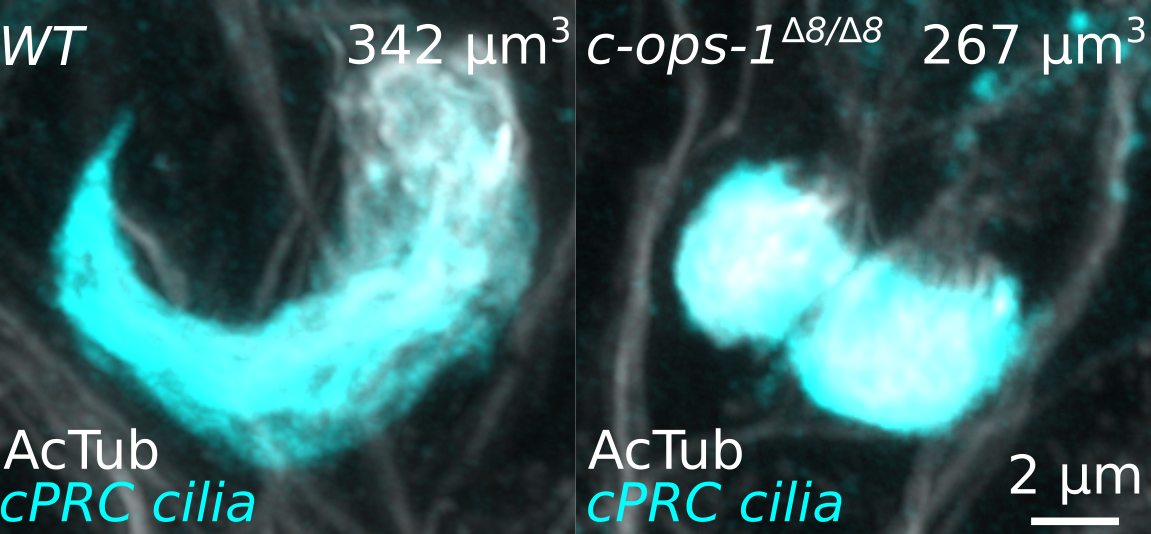
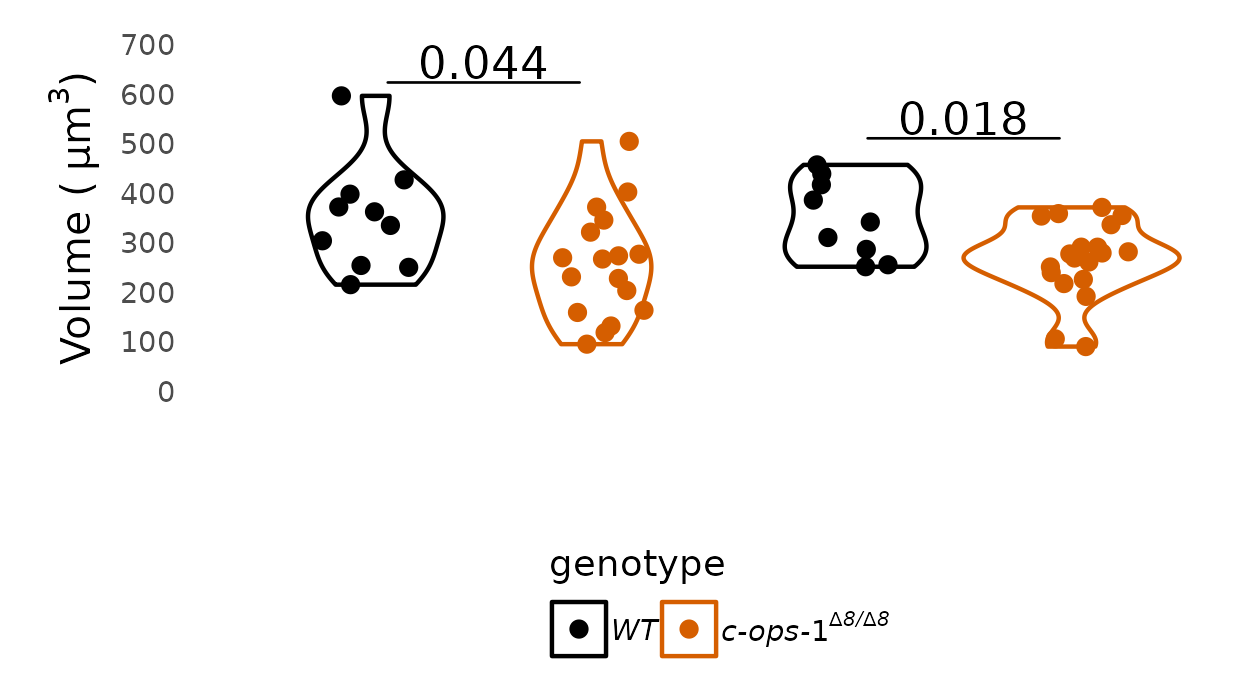
Defects of ciliary ultrastructure in c-opsin1 mutants
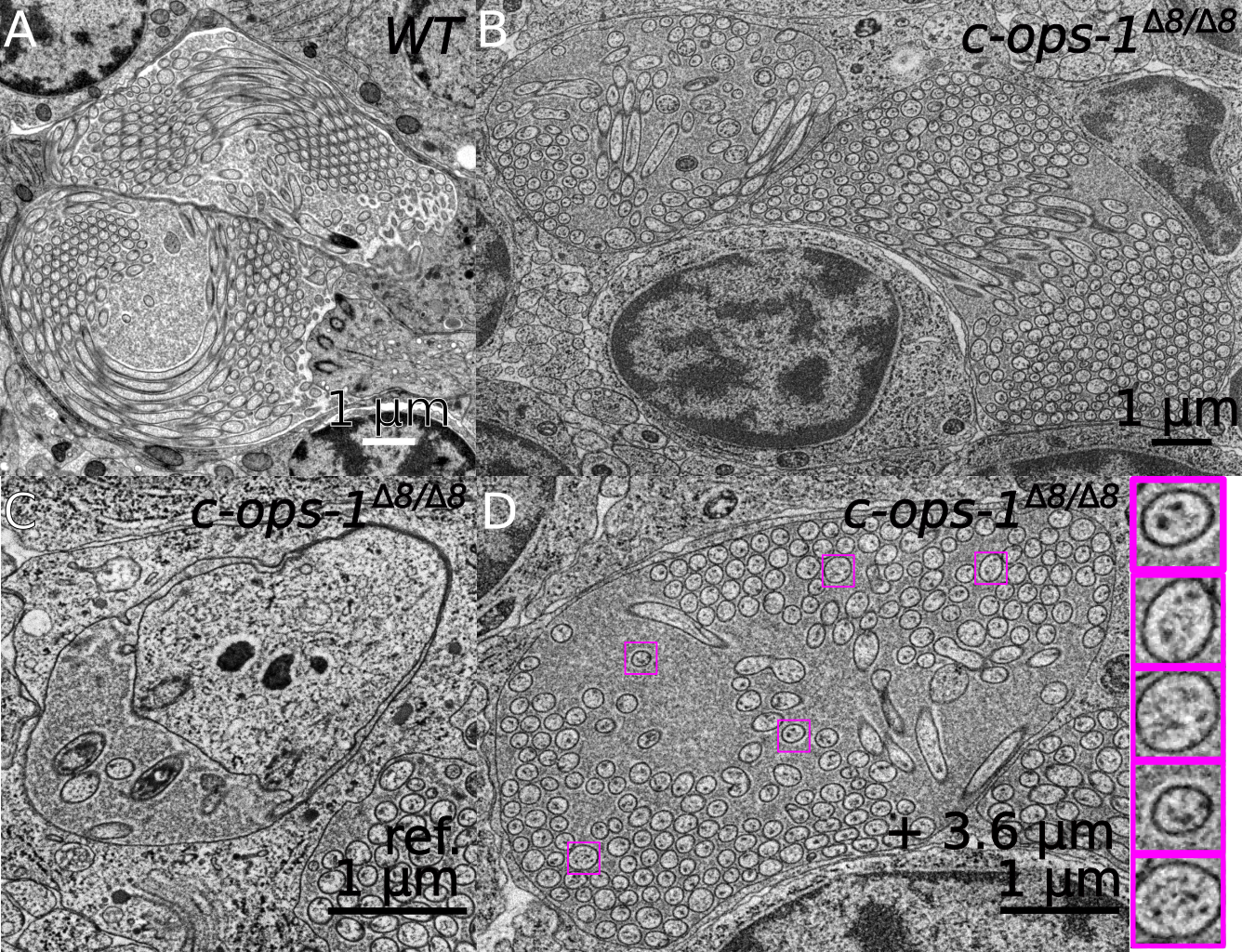
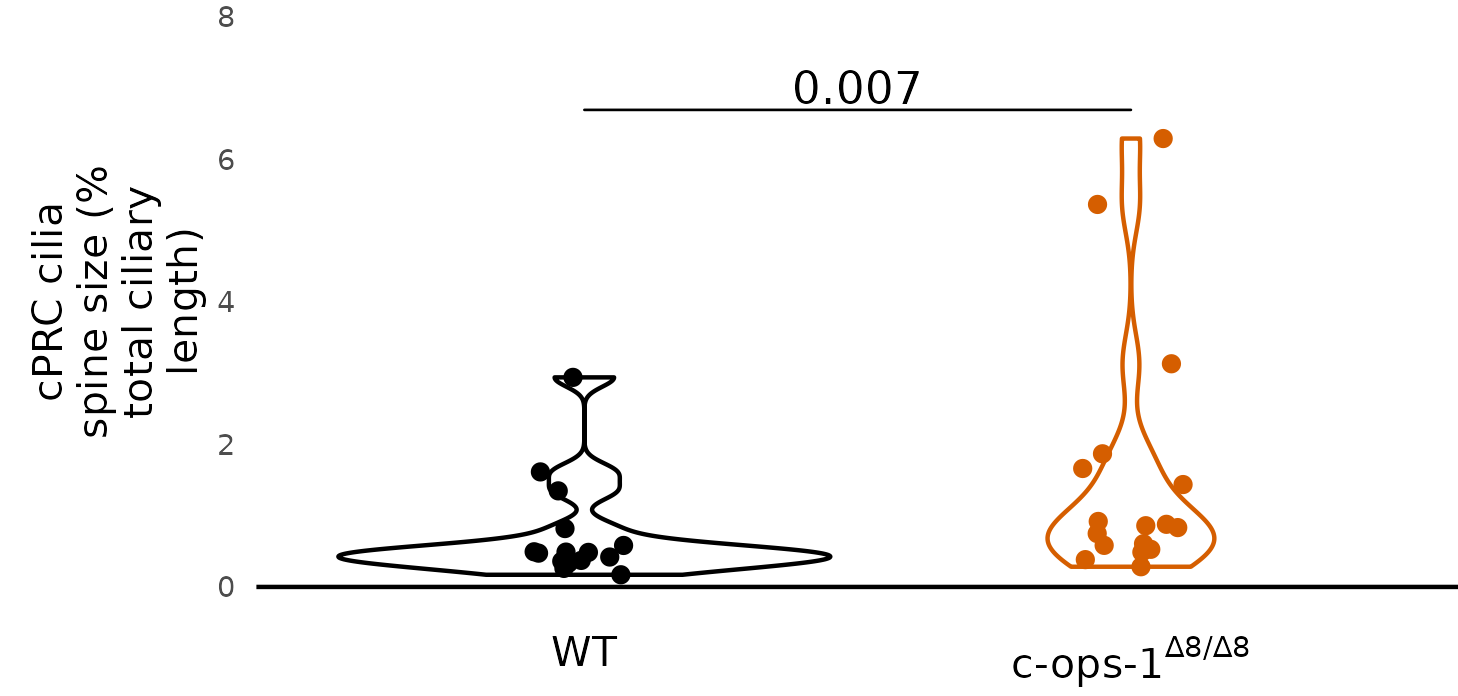
Circuit of ciliary photoreceptors
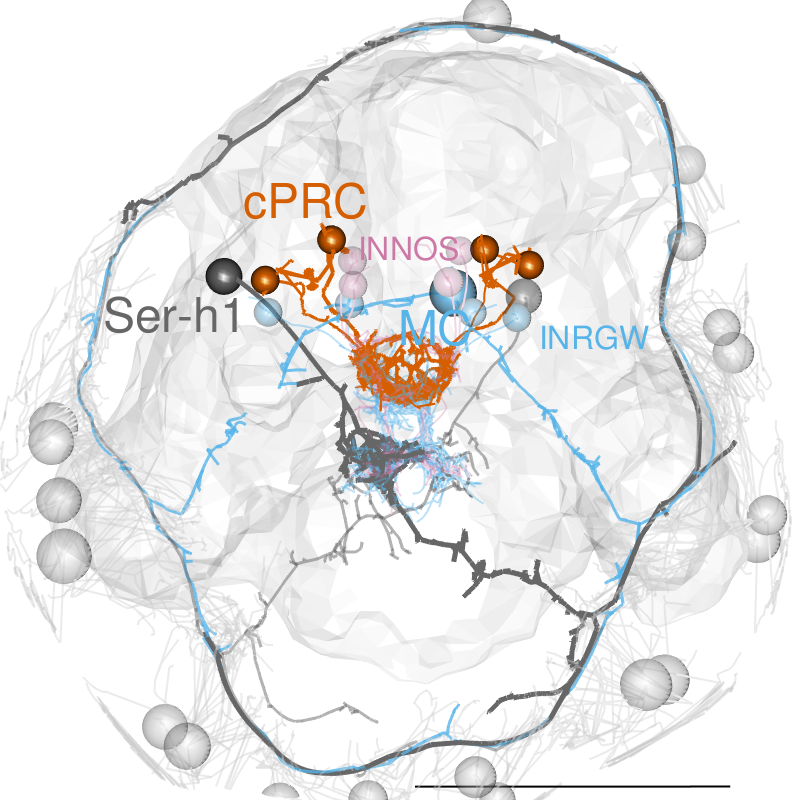
Pressure increases ciliary beating through serotonergic cells
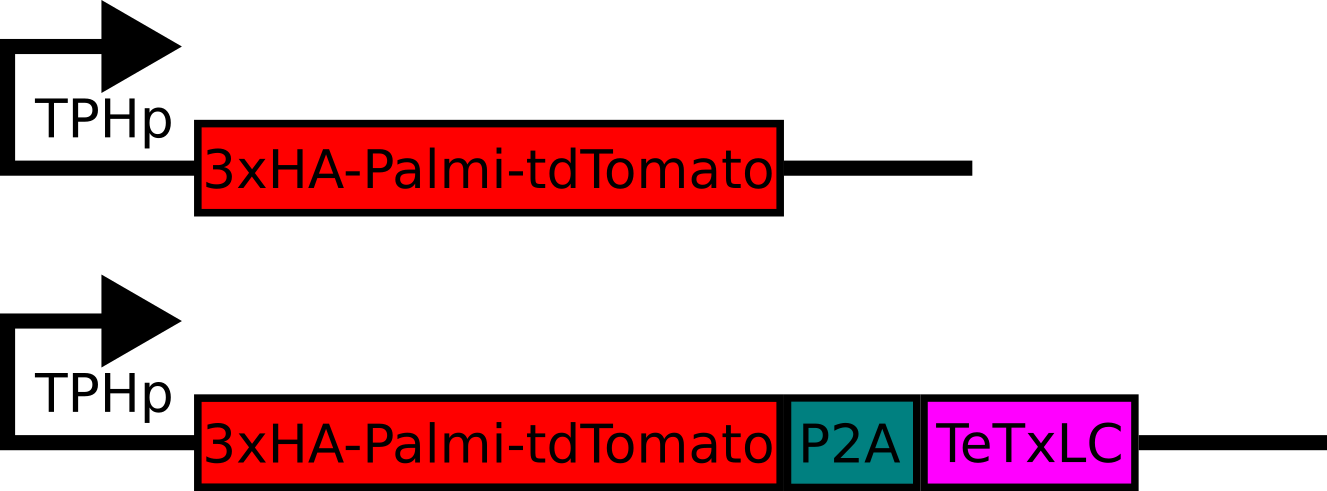
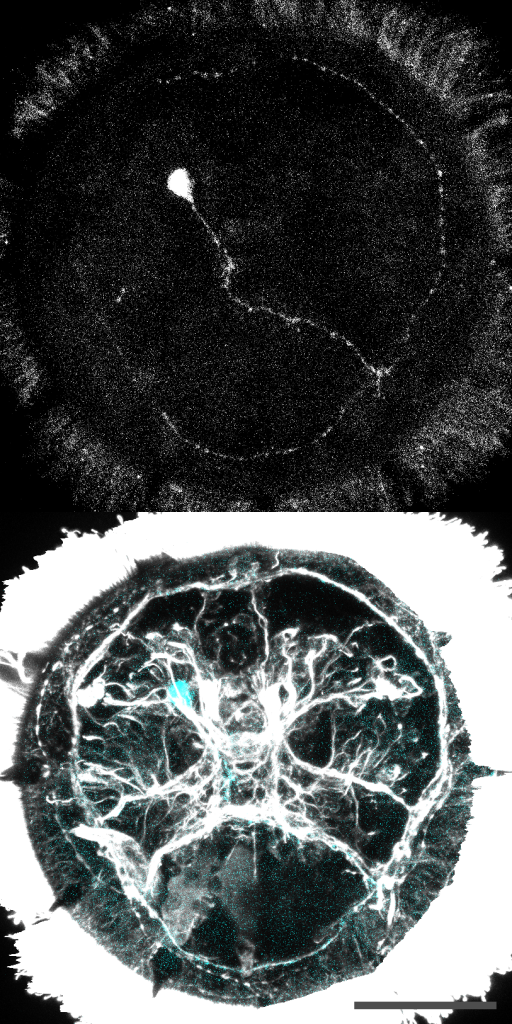

Mechanism of barotaxis
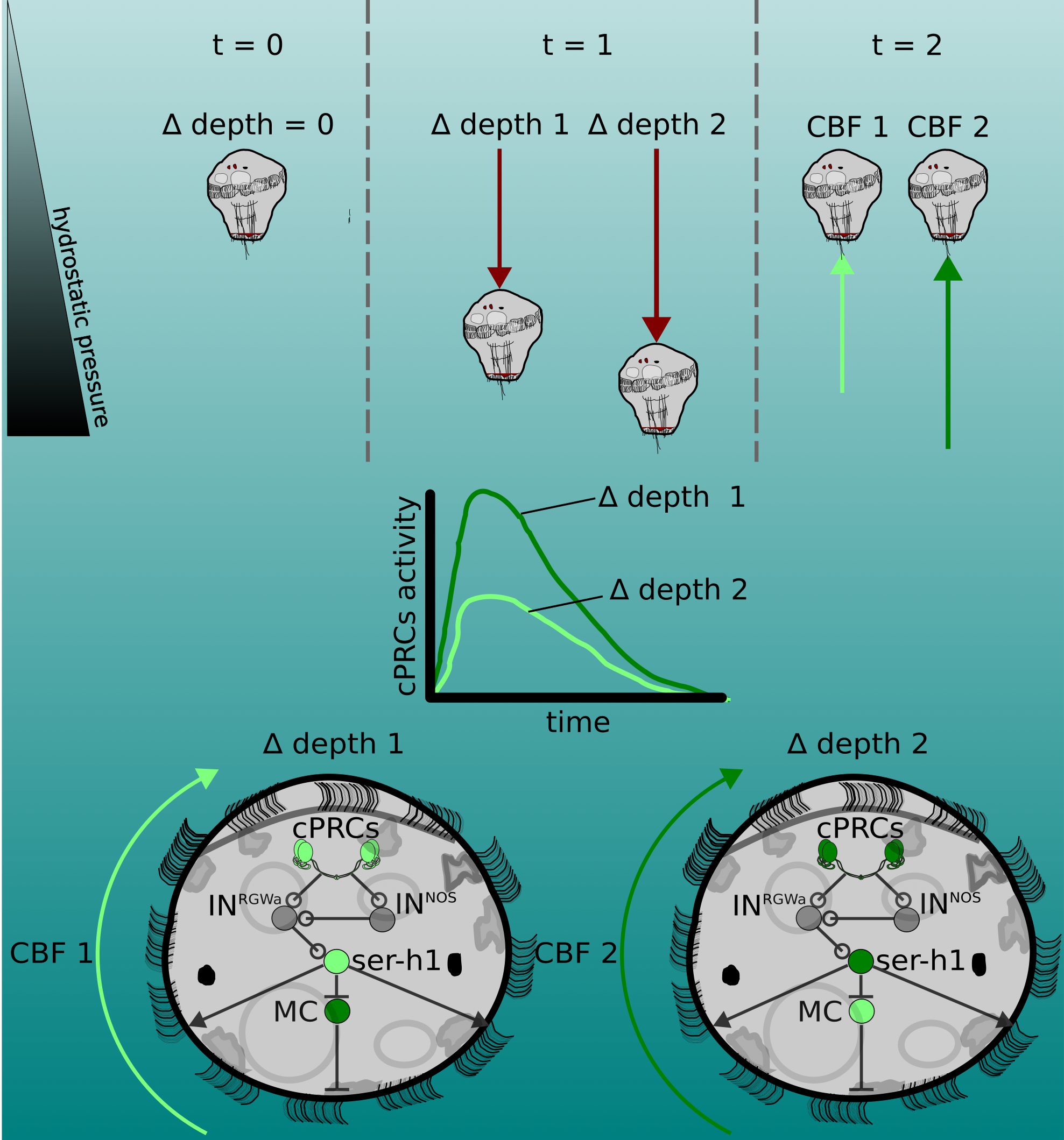
Ctenophores
Bolinopsis mikado
Shimoda Marine Station, 2024
The ctenophore gravisensory organ
The ctenophore gravisensory organ

Balancer – a bundle of cilia supporting a statolyth
The beating of balancer cilia depends on body orientation
The beating of balancer cilia is coordinated by a nerve net



Synchronisation of balancer cilia
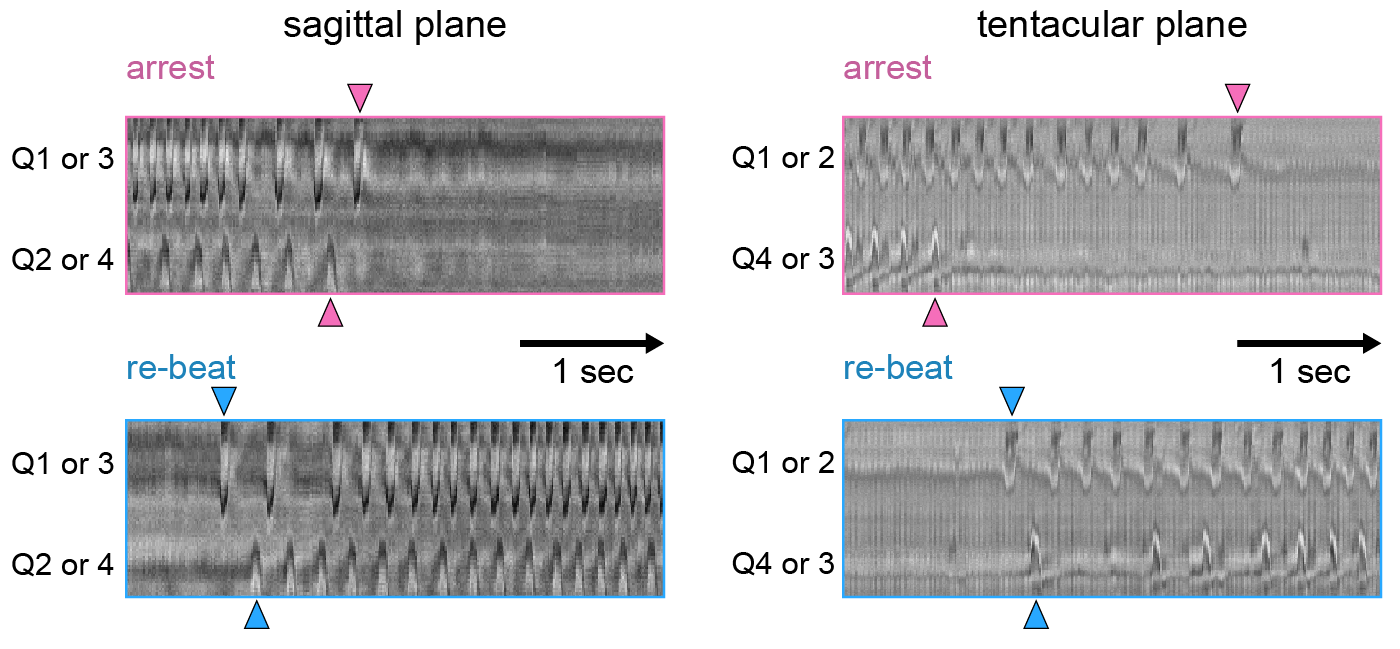
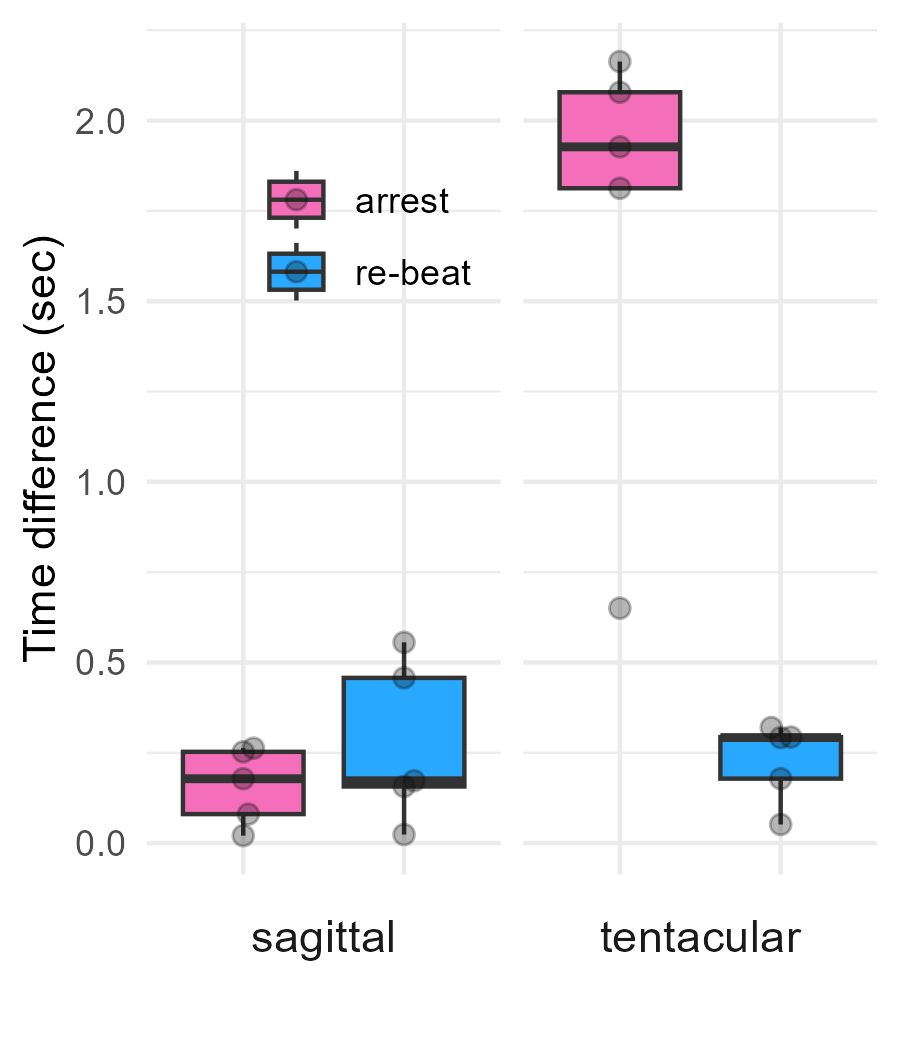
Conntectome of the ctenophore balancer
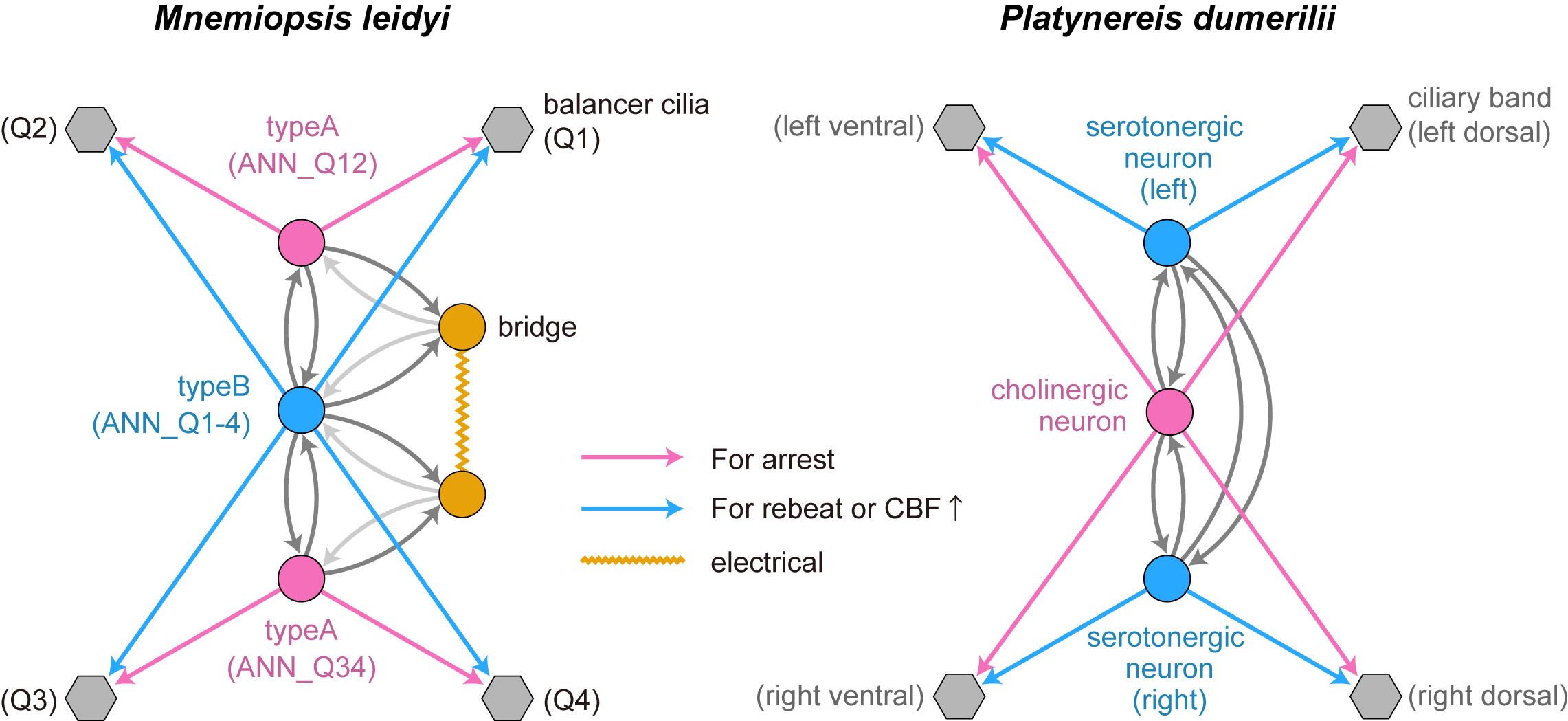
- global neuronal coordination
- synchronisation of arrests
- synchronisation of re-beat
- synchronisation of beat frequency
Acknowledgements
Lab members
- Sanja Jasek
- Alexandra Kerbl
- Emily Savage
- Simone Wolters
- Lara Keweloh
- Kevin Urbansky
- Karel Mocaer
- David Hug
- Benedikt Dürr
- Ira Maegele
- Emelie Brodrick (Exeter)


Alumni
- Kei Jokura (NIBB, Okazaki)
Facilities
- EM Core Facility
- Réza Shahidi
- Charlotta Funaya
- Nikon Imaging Centre
- Ulrike Engel

